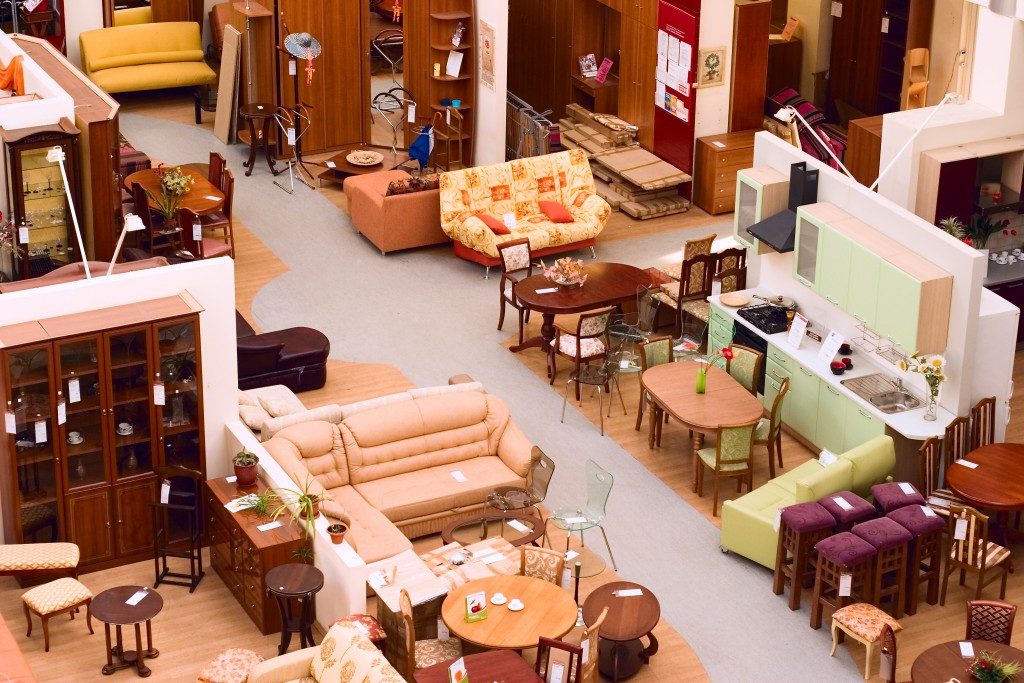You’ve been running an environmental non-profit long before Greta Thunberg took to the world stage with her call for global school strikes to protest politicians’ inaction on climate change. Saving planet Earth is your passion; that’s why you gave up a possible career working for a big pharmaceutical company. You are also a hobbyist carpenter, and you like acquiring old pieces of furniture like chairs, tables, kitchen cabinets, and old door frames, to name a few. Some you find in garbage bins and others you solicit from friends. You refurbish them and create new upcycled pieces, which find their way into your home in Salt Lake City.
It’s always a conversation starter for when you host people for dinner or coffee at your place. The conversation would always end, with them trying to convince you to open a secondhand furniture store. The non-profit organization is stable. You’ve built your second liners to take the reign, so you can spare some time to start an environmental, social enterprise: a used-furniture business. So how does one go about this? Here are a few ideas to consider:
Used Store Overview
Retailing of used furniture can be classified under the used goods industry. As of September 2019, this industry already earned $20 billion in revenue. Growth is expected in the industry, and your business will be part of the nearly 85,000 used stores operating in America today.
Getting It Done

You want this to be a social enterprise, which means that you want to generate some form of revenue but at the same time using it for your environmental cause. Working for a non-profit, you probably have that aspect all figured out. But you need to take care of the business side as well. Here are a few things that you should take note of:
- Understanding the risk. You can make money, and you should make money so that you can advance further your advocacy if that is the business model that you want to pursue. Note, however, that it comes with risks. The potential for returns is high, but they won’t happen quickly. A piece of furniture you invested in might stay a long time in your store before being sold. Be patient and engage customers in honest conversation that will sell your piece.
- Sourcing items. One of the most critical steps in setting up this business is your ability to source items for selling. Scavenging in street corners and dumpsters will still work. But you need to be more deliberate and organize on how to stock your store. Find out where the auctions for used or abandoned items are taking place. Get on their mailing list so that you are informed of the scheduled auctions. Estate sales are also good sources of used furniture.
- Create added value. Don’t just resell items that you bought. Create added value that will make you stand out. If you’re into restoration or upcycling, see if you can highlight a few pieces in your store. Promote it as part of your environmental advocacy: that buying upcycled items can be inventive and beautiful at the same time.
- A solid business plan. Pay attention to detail, like how you’re going to raise your capital, manage your revenues and expenses, as well as respond to external threats, like your competitors. All these must be discussed in your business plan.
Be wary of how the market is reacting. Always be ready to adapt and respond to the needs of your customers. You can continue your social advocacy, but your enterprise must not fall behind.

